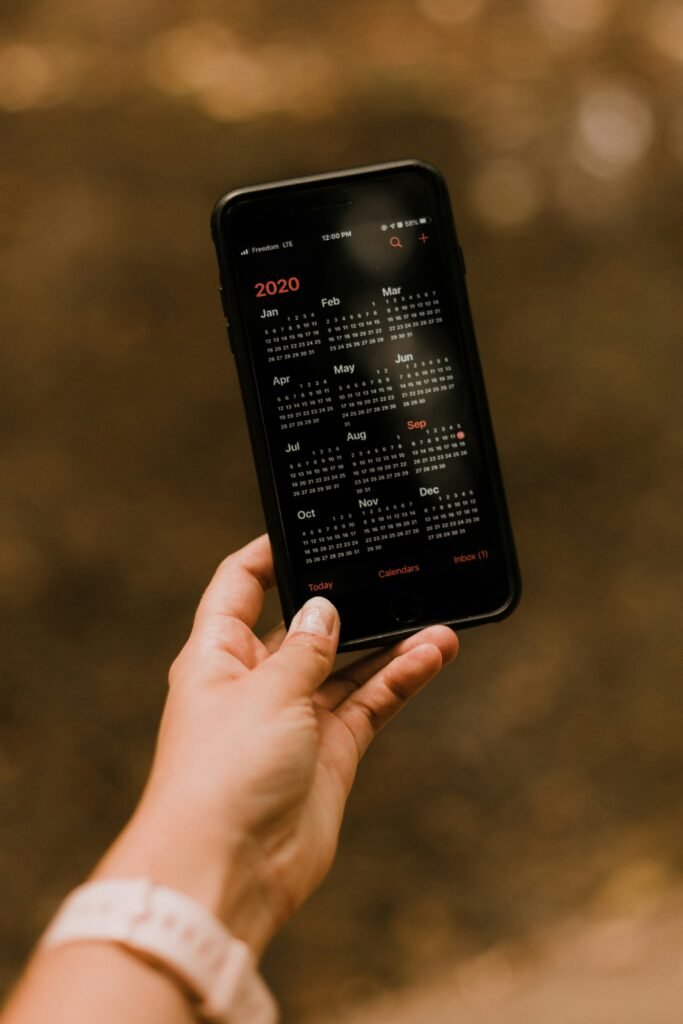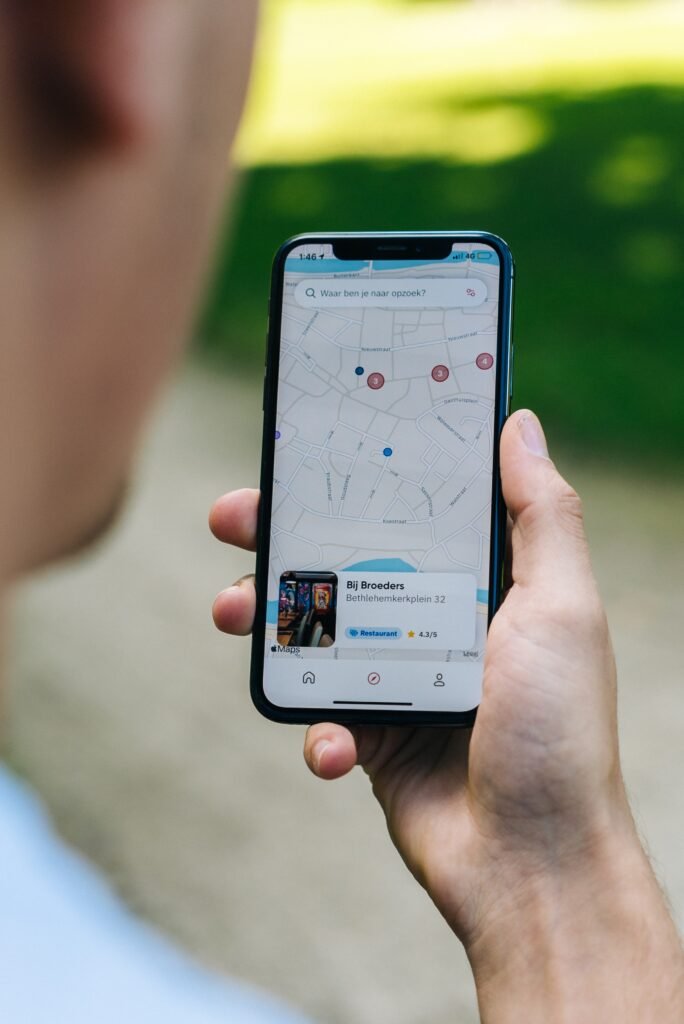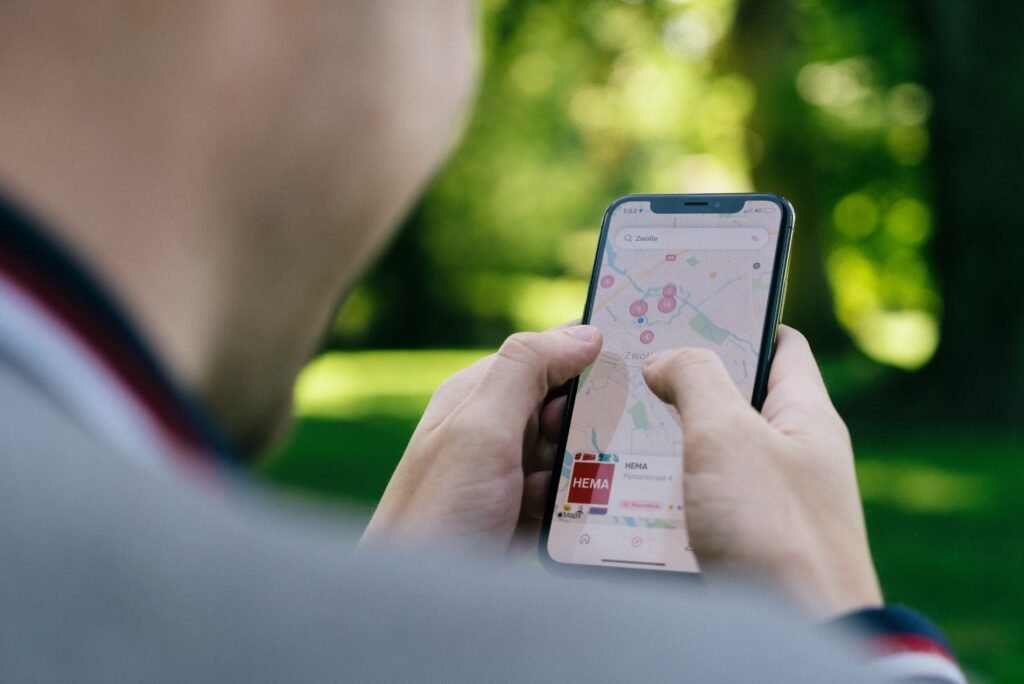So, you’re facing some issues with your iPhone 12 and it seems like a hard reset might be the solution you’re looking for. Don’t worry, we’ve got you covered! In this article, we’ll guide you step-by-step on how to perform a hard reset on your iPhone 12, so you can quickly resolve any software glitches or unresponsive behavior. Whether you’re new to the iPhone world or a seasoned user, our friendly instructions will help you navigate through the process effortlessly. Get ready to bring your iPhone 12 back to life with just a few simple taps!

Backup your iPhone 12
Before performing any kind of reset or reset-related action on your iPhone 12, it is always a good idea to backup your device. This ensures that you don’t lose any important data or information during the process. So, let’s take a look at how you can backup your iPhone 12.
Connect to Wi-Fi and power source
First and foremost, make sure your iPhone 12 is connected to a stable Wi-Fi network. This is important because the backup process requires a reliable internet connection. Additionally, it is recommended to connect your device to a power source to ensure that it doesn’t run out of battery during the backup.
Launch Settings app
Once you have established a Wi-Fi connection and connected your iPhone 12 to a power source, proceed to launch the Settings app on your device. You can easily locate the Settings app on your home screen. It is represented by a grey icon with gears.
Tap on your Apple ID profile
Within the Settings app, you will find different options to customize your iPhone 12. To access the backup settings, tap on your Apple ID profile at the top of the screen. This will bring you to a page that displays various options related to your Apple ID.
Select iCloud
Within your Apple ID profile page, scroll down and look for the option labeled “iCloud.” Tap on it to access your iCloud settings. iCloud is Apple’s cloud service which allows you to store and access your data across multiple devices.
Tap on iCloud Backup
Within the iCloud settings, you will find several options related to data synchronization and backups. Look for the option titled “iCloud Backup” and tap on it. This is where you can enable and manage your iCloud backups.
Toggle on iCloud Backup
On the iCloud Backup page, you will see a switch next to the option “iCloud Backup.” Make sure the switch is toggled on, indicating that iCloud Backup is enabled. This allows your iPhone 12 to automatically back up your data to iCloud.
Tap on Back Up Now
To manually initiate a backup, simply tap on the “Back Up Now” option within the iCloud Backup page. This will start the backup process and your iPhone 12 will begin uploading your data to iCloud. It is important to note that the duration of the backup process might vary depending on the amount of data to be backed up and the speed of your internet connection.
Wait for the backup to complete
Once you have initiated the backup, you just need to wait for it to complete. It is advisable to remain connected to a stable Wi-Fi network and keep your iPhone 12 connected to a power source until the backup process is finished. This ensures a smooth and uninterrupted backup.
Hard Reset vs. Force Restart – Know the Difference
Now that you have learned how to backup your iPhone 12, it’s important to understand the difference between a hard reset and a force restart. While these terms may seem similar, they have different implications and purposes when it comes to troubleshooting your device.
Understanding hard reset
A hard reset, sometimes referred to as a hard reboot, involves restarting your iPhone 12 by completely shutting it down and then turning it back on. This action helps to refresh the device’s memory and resolve minor software issues. A hard reset can be compared to a computer’s “reset” or “reboot” function.
Understanding force restart
On the other hand, a force restart, also known as a forced reboot or a hard restart, is a more aggressive way of restarting your iPhone 12. It is typically used when the device becomes unresponsive or freezes completely. Force restarting your iPhone 12 forcefully restarts all its processes and can help resolve more serious software issues.
When to perform a hard reset
You can consider performing a hard reset on your iPhone 12 when you encounter certain issues that are not resolved by normal troubleshooting methods. These issues might include unresponsive apps, slow performance, general system glitches, or unexplained freezes. A hard reset can often fix these problems by clearing temporary files and resetting the device’s memory.
When to perform a force restart
If your iPhone 12 becomes completely unresponsive, freezes, or gets stuck on the Apple logo during startup, a force restart might be necessary. Force restarting your device can often resolve these issues and bring it back to normal functionality. It is important to note that a force restart should be used as a last resort, as it forcefully shuts down your device and can potentially cause data loss if not done correctly.
Performing a Hard Reset on iPhone 12
If you’re experiencing minor software issues or your iPhone 12 is not responding as expected, performing a hard reset can help resolve these issues. Here’s how you can perform a hard reset on your iPhone 12:
Locate the Side button and Volume Up button
To initiate a hard reset, you will need to locate the Side button (also known as the power button) and the Volume Up button on your iPhone 12. The Side button is located on the right side of the device, while the Volume Up button is on the left side.
Press and quickly release the Volume Up button
Press the Volume Up button quickly, then release it immediately. It is important to press and release the Volume Up button in a quick motion to ensure that the hard reset process is initiated correctly.
Press and quickly release the Volume Down button
After releasing the Volume Up button, quickly press and release the Volume Down button. This step is crucial to continue the hard reset process on your iPhone 12.
Press and hold the Side button
Now, press and hold the Side button (power button) until you see the Apple logo appearing on the screen. Keep holding the Side button even after the Apple logo appears. This step ensures that the hard reset process is completed successfully.
Continue holding until the Apple logo appears
While holding the Side button, continue to keep it pressed until the Apple logo appears on your iPhone 12’s display. The Apple logo indicates that the hard reset process is in progress.
Release the Side button and wait for the device to restart
Once the Apple logo appears, release the Side button. Your iPhone 12 will now restart and go through the usual startup process. After the device finishes restarting, you can check if the issues you were experiencing have been resolved.
Performing a Force Restart on iPhone 12
If your iPhone 12 becomes unresponsive or freezes completely, a force restart might be necessary to bring it back to normal functionality. Follow these steps to perform a force restart on your iPhone 12:
Press and quickly release the Volume Up button
To initiate a force restart, quickly press the Volume Up button on your iPhone 12, then release it immediately. It is important to perform this action swiftly and precisely.
Press and quickly release the Volume Down button
After releasing the Volume Up button, quickly press and release the Volume Down button on your device. Make sure to execute this step promptly to proceed with the force restart process.
Press and hold the Side button
Now, press and hold the Side button (power button) on your iPhone 12. Keep holding the Side button even if the screen stays black or doesn’t respond. This step is crucial to complete the force restart procedure.
Continue holding until the Apple logo appears
While holding the Side button, wait until you see the Apple logo appearing on the screen. This indicates that the force restart process has been successfully initiated on your iPhone 12.
Release the Side button and wait for the device to restart
Once the Apple logo appears, release the Side button. Your iPhone 12 will now go through the force restart process and restart. After the device finishes restarting, check if the unresponsiveness or freeze issues have been resolved.

Using Settings to Reset iPhone 12
Sometimes, performing a reset on your iPhone 12 can help resolve persistent software issues or restore the device to its original settings. You can use the Settings app on your iPhone 12 to perform a reset. Here’s how:
Open the Settings app
To begin the reset process, open the Settings app on your iPhone 12. The Settings app is represented by a grey icon with gears and can be found on your home screen.
Scroll down and tap on General
Within the Settings app, scroll down until you see the option labeled “General.” Tap on it to access the general settings of your iPhone 12.
Scroll down and select Reset
After entering the General settings, scroll down until you find the option titled “Reset.” Tap on it to proceed to the reset settings.
Choose the desired reset option
Within the Reset settings, you will find different options for resetting various aspects of your iPhone 12. Choose the desired reset option based on your requirements. These options may include resetting network settings, keyboard dictionary, home screen layout, location, or all settings.
Confirm the action when prompted
Once you have selected the desired reset option, you will be prompted to confirm the action. Read the confirmation message carefully and tap on “Reset [option name]” to confirm. Note that performing a reset will delete certain data and settings, so it’s important to have a backup beforehand.
Wait for the device to reset
After confirming the reset action, your iPhone 12 will begin the reset process. The duration of the reset may vary depending on the selected option and the amount of data to be reset. Wait patiently for the device to finish the reset process.
Performing a Factory Reset on iPhone 12
If you are facing severe issues with your iPhone 12, such as persistent software glitches or major functionality problems, performing a factory reset might be necessary. A factory reset restores your iPhone 12 to its original factory settings, erasing all data and settings on the device. Here’s how you can perform a factory reset on your iPhone 12:
Open the Settings app
To begin the factory reset process, open the Settings app on your iPhone 12. The Settings app can be found on your home screen and is represented by a grey icon with gears.
Go to General
Within the Settings app, look for the option labeled “General” and tap on it. This will bring you to the general settings of your iPhone 12.
Scroll down and select Reset
Scroll down within the General settings until you find the option titled “Reset.” Tap on it to access the reset settings.
Choose Erase All Content and Settings
In the Reset settings, locate and tap on the option “Erase All Content and Settings.” This option will completely wipe your iPhone 12, restoring it to its factory state.
Enter your passcode / Apple ID password
To confirm the factory reset, you may be required to enter your passcode or Apple ID password. This is an additional security measure to prevent accidental resets.
Confirm the action
After entering the passcode or Apple ID password, you will be prompted to confirm the factory reset action. Read the confirmation message carefully and tap on “Erase Now” to proceed. Note that a factory reset cannot be undone, and it will erase all data and settings irreversibly.
Wait for the device to reset
Once you have confirmed the factory reset, your iPhone 12 will begin the reset process. The duration of the reset may vary depending on the device’s storage capacity and the amount of data to be erased. Wait patiently for the device to complete the factory reset.

Potential Issues and Troubleshooting
While resets can often resolve a wide range of issues on your iPhone 12, some situations may require additional troubleshooting or professional assistance. Here are some potential issues you might encounter during the reset process:
iPhone 12 does not respond to hard reset
If your iPhone 12 doesn’t respond to a hard reset or shows no signs of restarting, there might be a deeper software or hardware issue. In this case, it is recommended to consult Apple support or visit an Apple service center for further assistance.
Device gets stuck during hard reset
While performing a hard reset, if your iPhone 12 gets stuck at a particular step, for example, displaying the Apple logo for an extended period, it could indicate a problem with the device’s software. In such cases, you can try force restarting your device and if the issue persists, seek professional help.
Repeated hard resets do not fix the issue
If you have repeatedly performed hard resets on your iPhone 12 but the issues you were experiencing persist, it might indicate a more complex underlying problem. Consult Apple support or visit an authorized service center to get a thorough diagnosis and appropriate solutions.
Seeking professional help
If you have exhausted all troubleshooting methods, including resets, and your iPhone 12 still exhibits persistent problems, it is advisable to seek professional help. Apple support and authorized service centers have knowledgeable technicians who can diagnose and repair your device efficiently.
Conclusion
Knowing how to perform various resets on your iPhone 12 can help you maintain the device’s optimal performance and troubleshoot any issues that may arise. Whether you need to initiate a hard reset, force restart, or perform a full factory reset, follow the steps provided to make the process easier and more effective. Ensure that you have backed up your device before performing any resets to prevent data loss. Remember, if you encounter persistent issues, seeking professional assistance is always a viable option.








